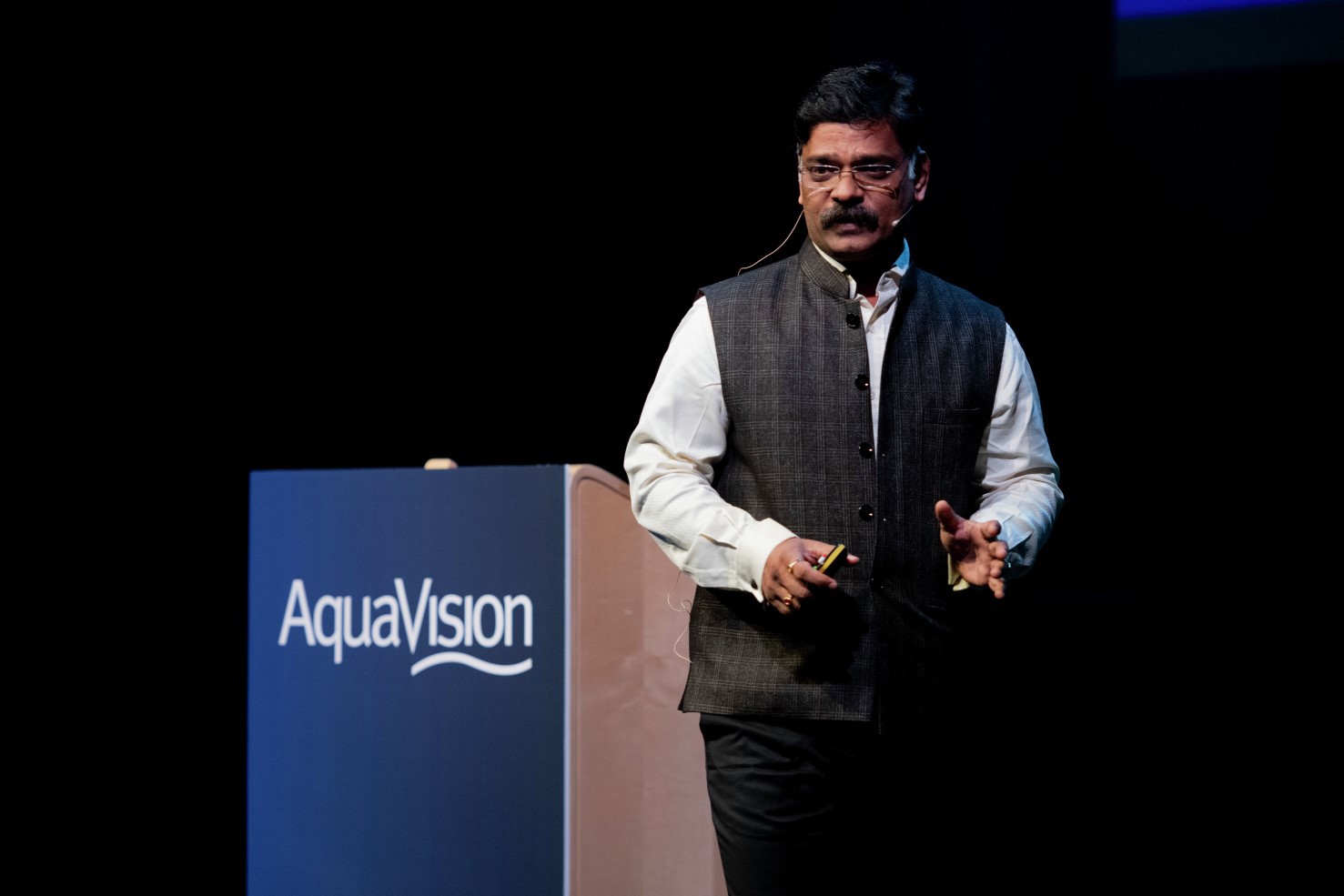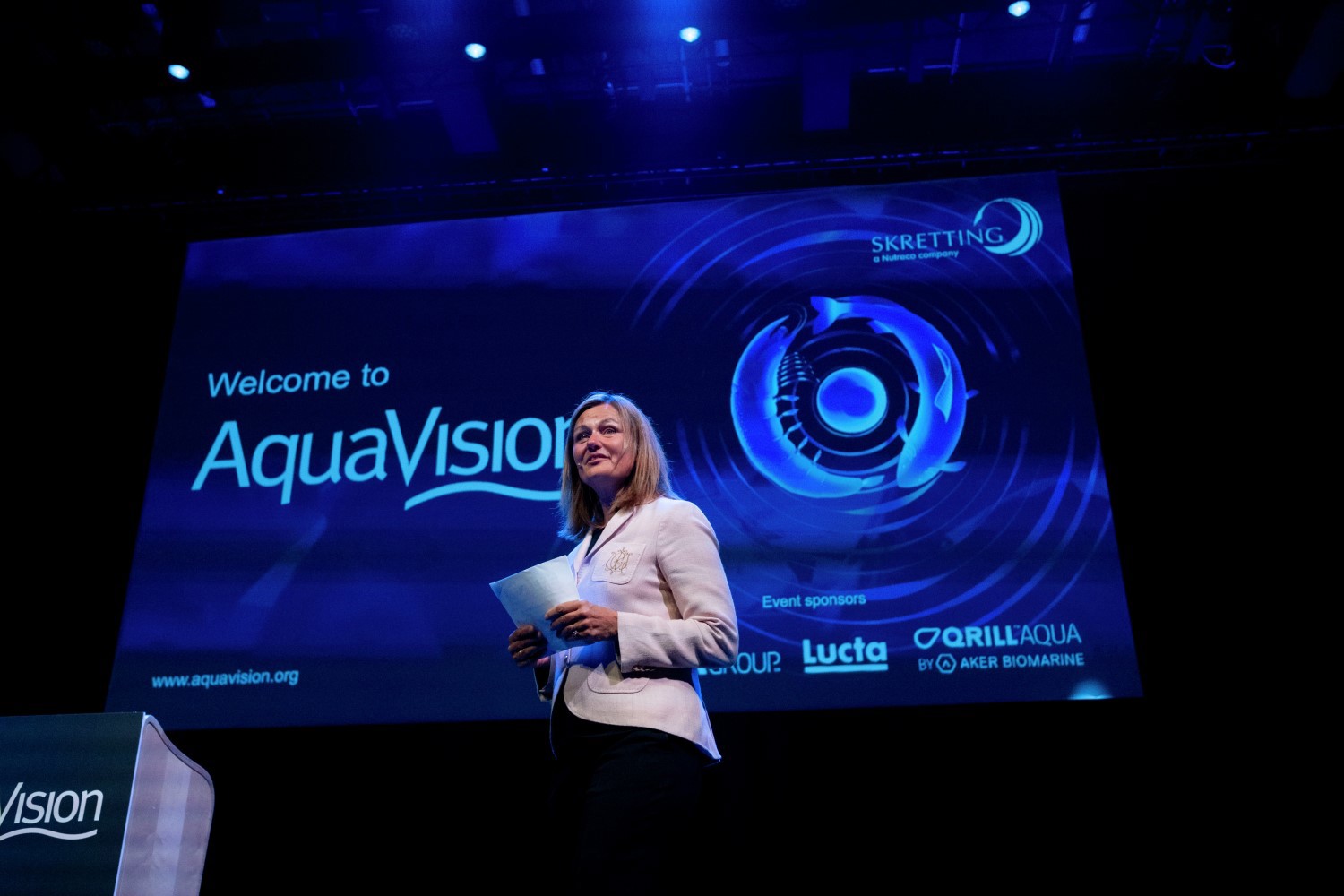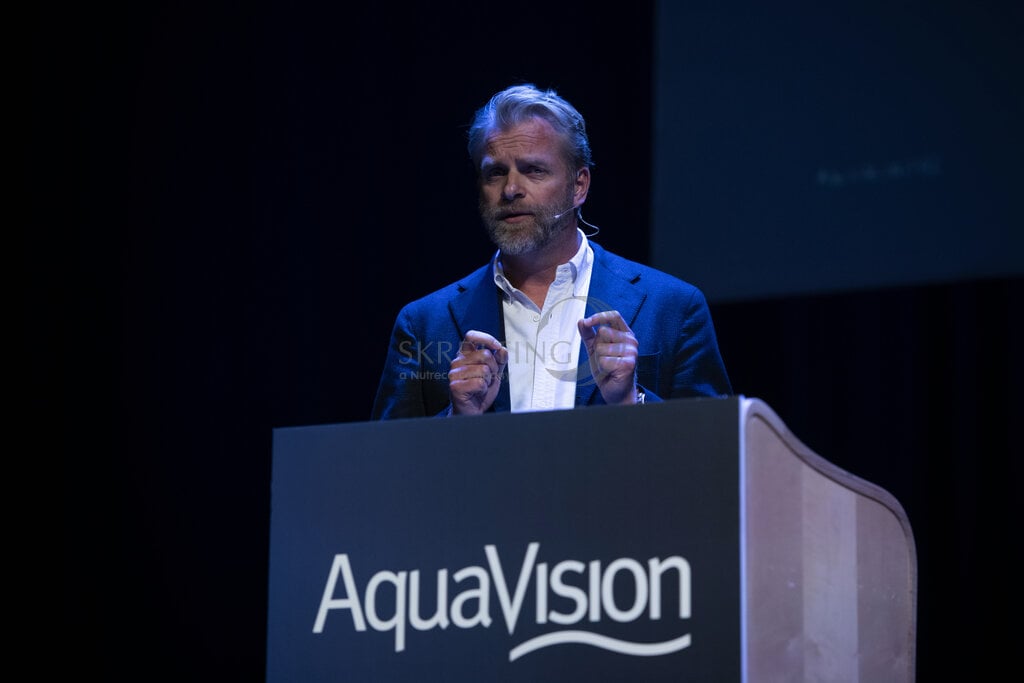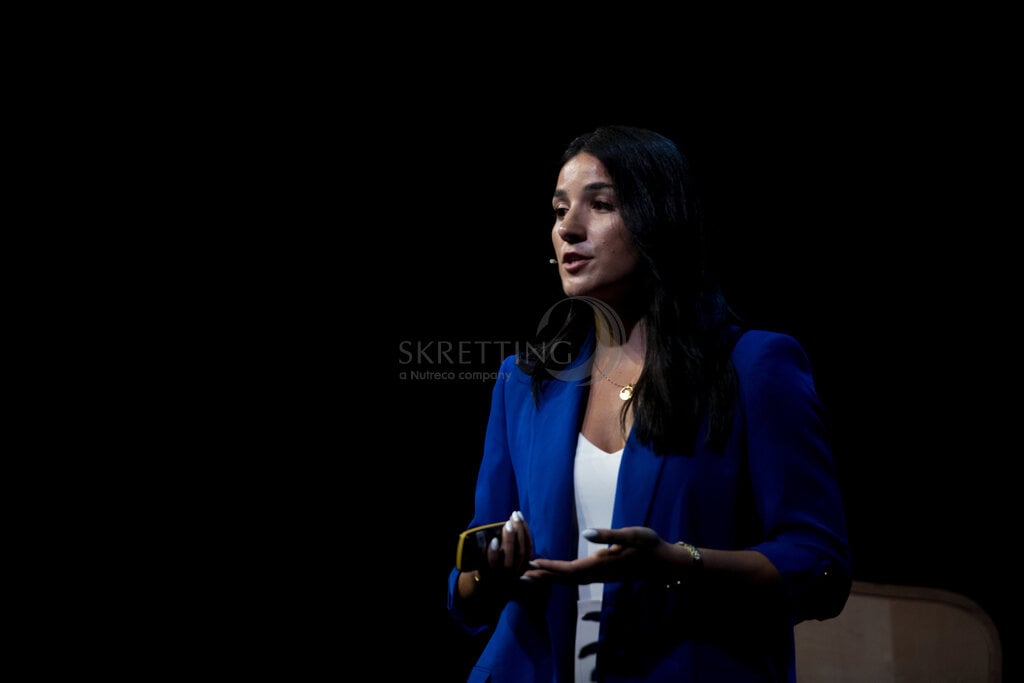Huge domestic opportunity for India's shrimp
While India has grown to become one of the largest shrimp producers in the world, the industry’s future focus shouldn’t be to compete in international markets with the likes of Ecuador, it should instead look to meet the rising food demands of the domestic population, believes Dr Manoj Sharma, Farmer and Founder of Mayank Aquaculture.

The switch in recent decades from farming monodon to vannamei shrimp has seen India consistently add 100,000 tonnes annually to its total harvest, whereby overall production is now approaching 1 million tonnes, Sharma told AquaVision 2022.
Although the “vannamei tsunami” has put it very close to Ecuador’s output, the respective shrimp farming industries of the two countries remain very different. One of the main disparities, he highlighted, is that most shrimp farmers in India are small-scale. Indeed, Sharma, who ranks among one of the most successful farmers has just 200 hectares of ponds.
His farm is producing close to 500 tonnes of shrimp annually. He’s also employing more than 300 people.
The employment provided is one of the most important aspects of India’s shrimp industry, Sharma stressed. He explained that one hectare of shrimp farming provides direct and indirect employment and livelihoods to 40 people.
What we have achieved today has been done with only 5% of our resources. With another 15%, we can really feed the world
“What we have achieved today has been done with only 5% of our resources. With another 15%, we can really feed the world. We have a lot of potential and fish is the future.”
That said, Sharma told the conference that most Indian shrimp farmers are not in a position to intensify their production – which would follow a strategy that has proved beneficial to other nations exporting to overseas markets. Instead, he believes the country should uphold its diverse nature and meet the needs of its own people which at around 1.3 billion accounts for one-fifth of the world population.
“My vision is very simple: Let’s take two steps back because 90% of the farmers cannot afford to intensify production,” he said. “I’m not against intensification – we have some isolated areas that are doing very well in this area. But I believe the 10% that can afford the move should isolate nearest the purest of waters so that they can enjoy intensification.
“Aquaculture means food for all,” he said.


